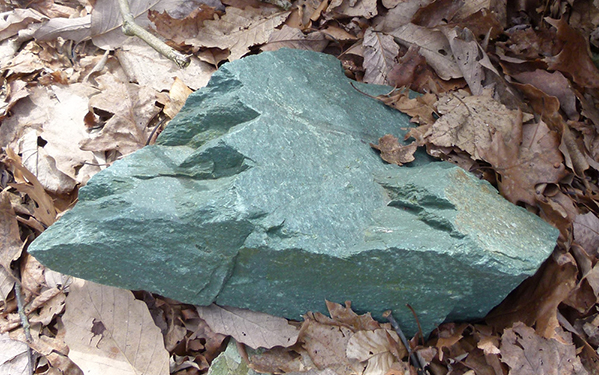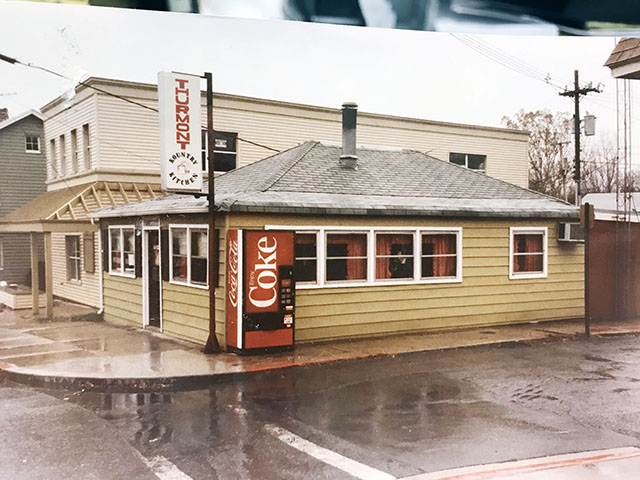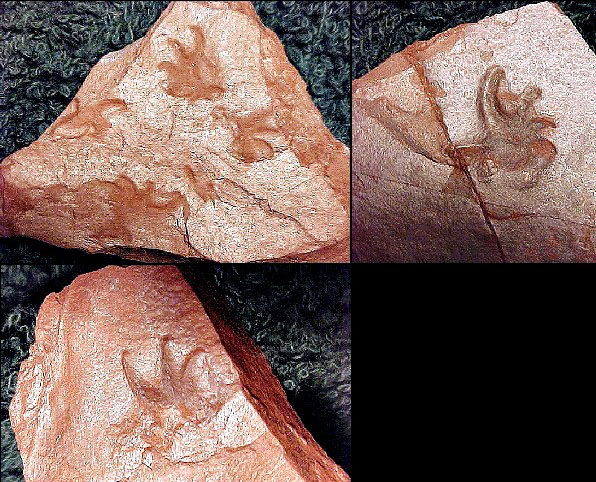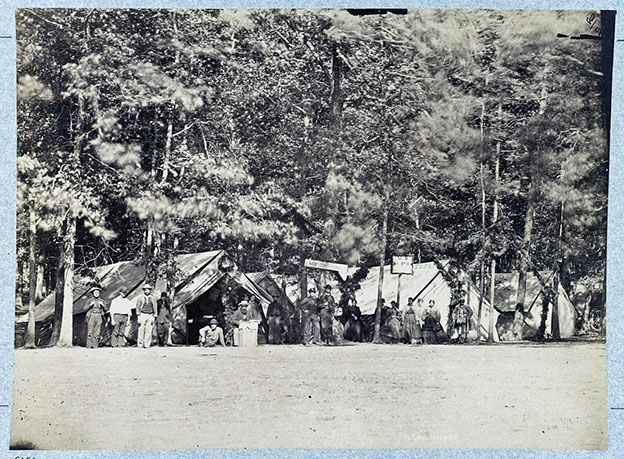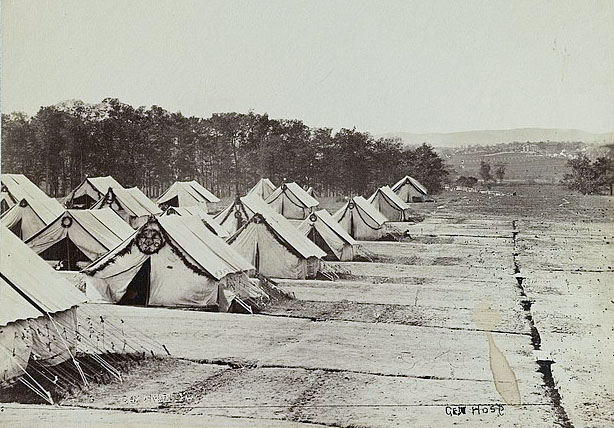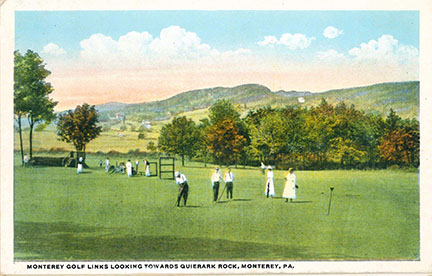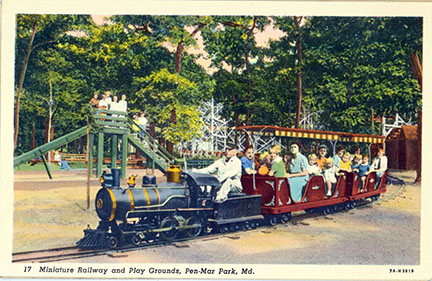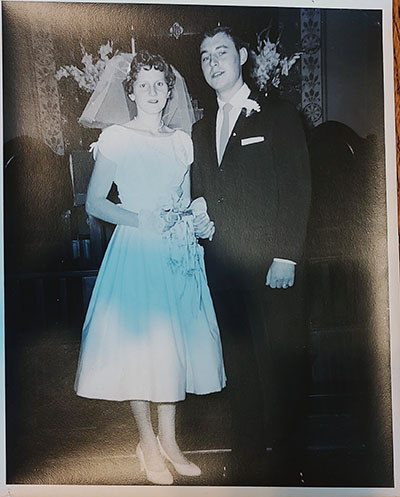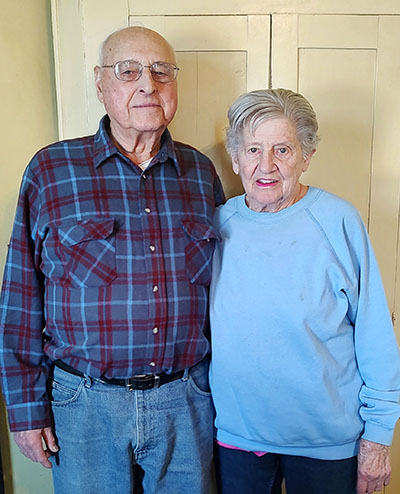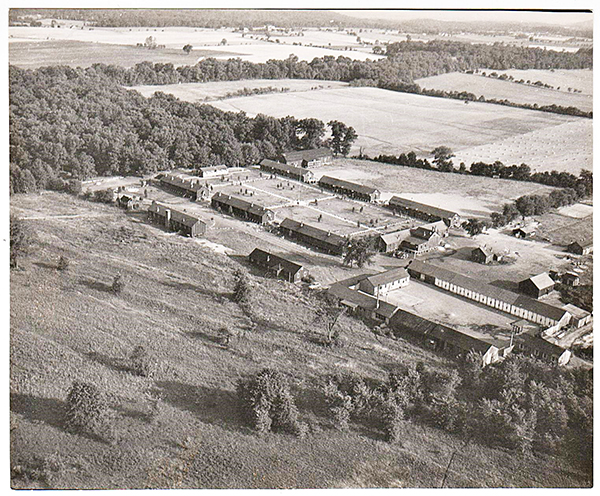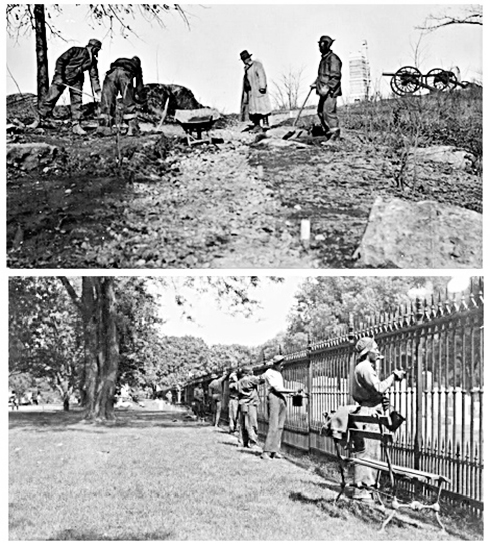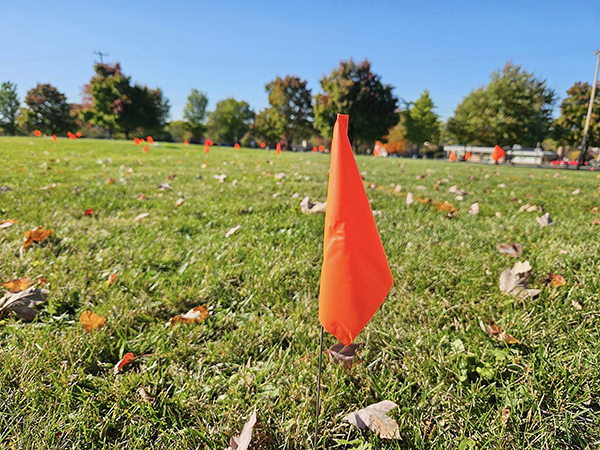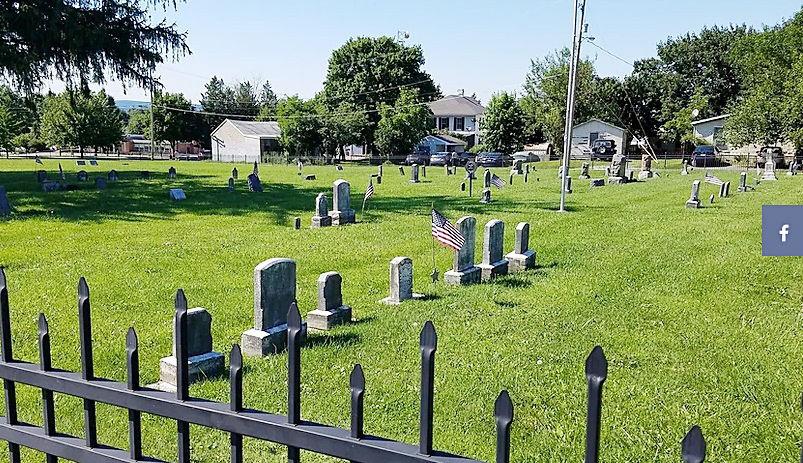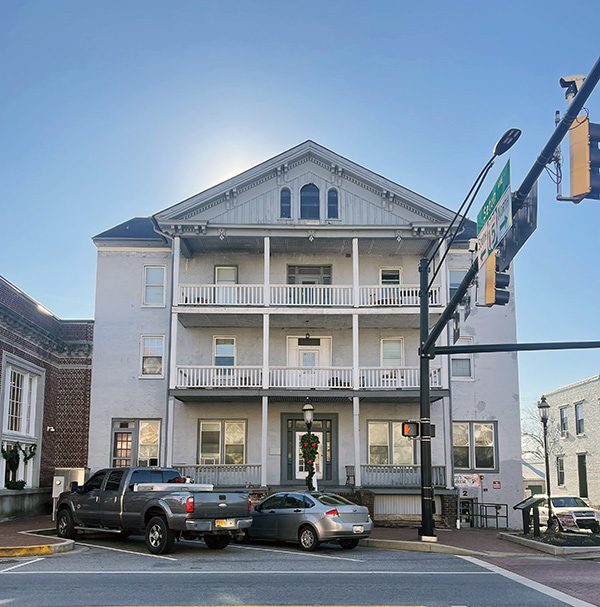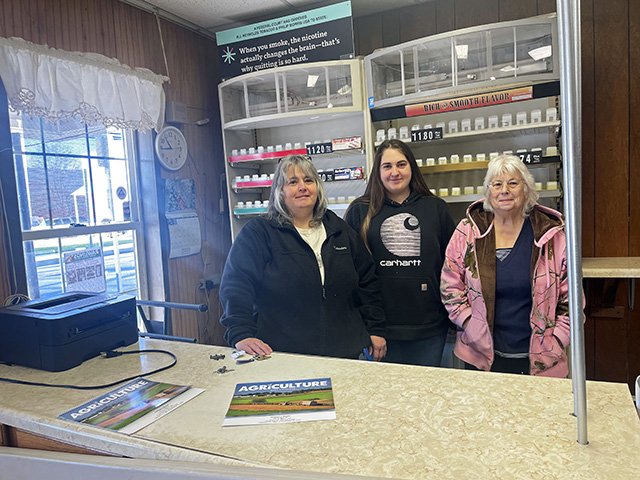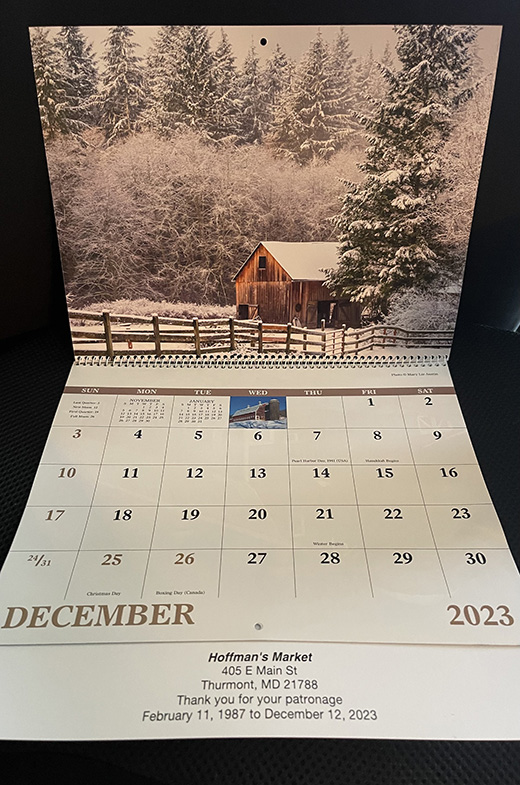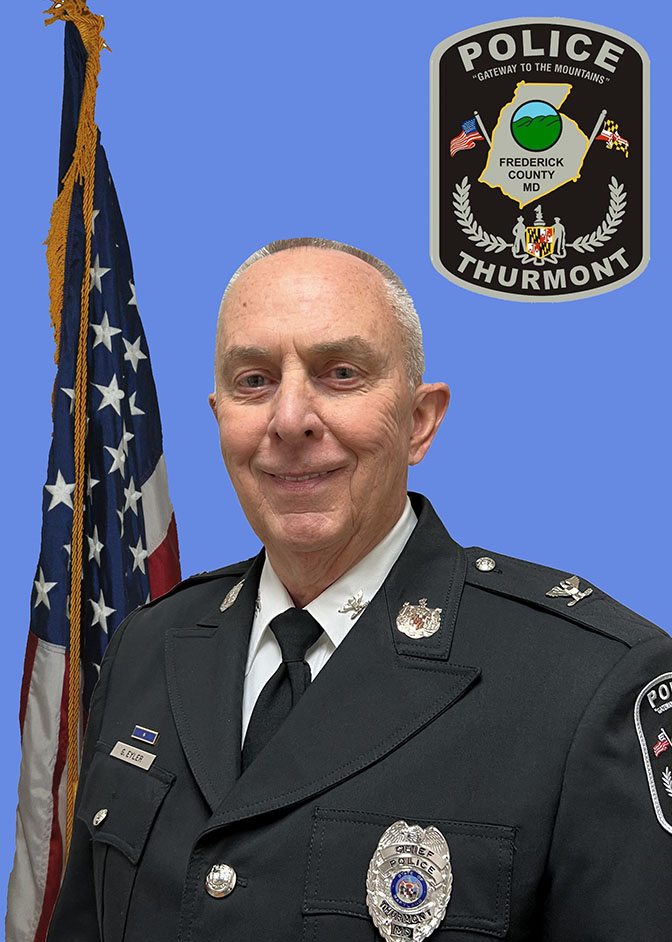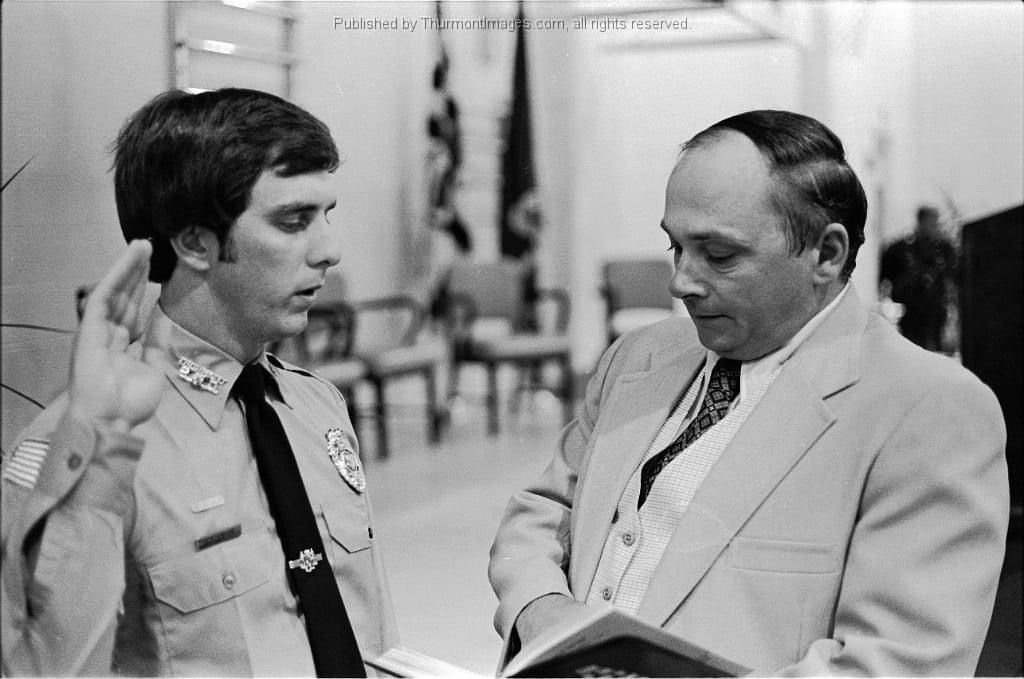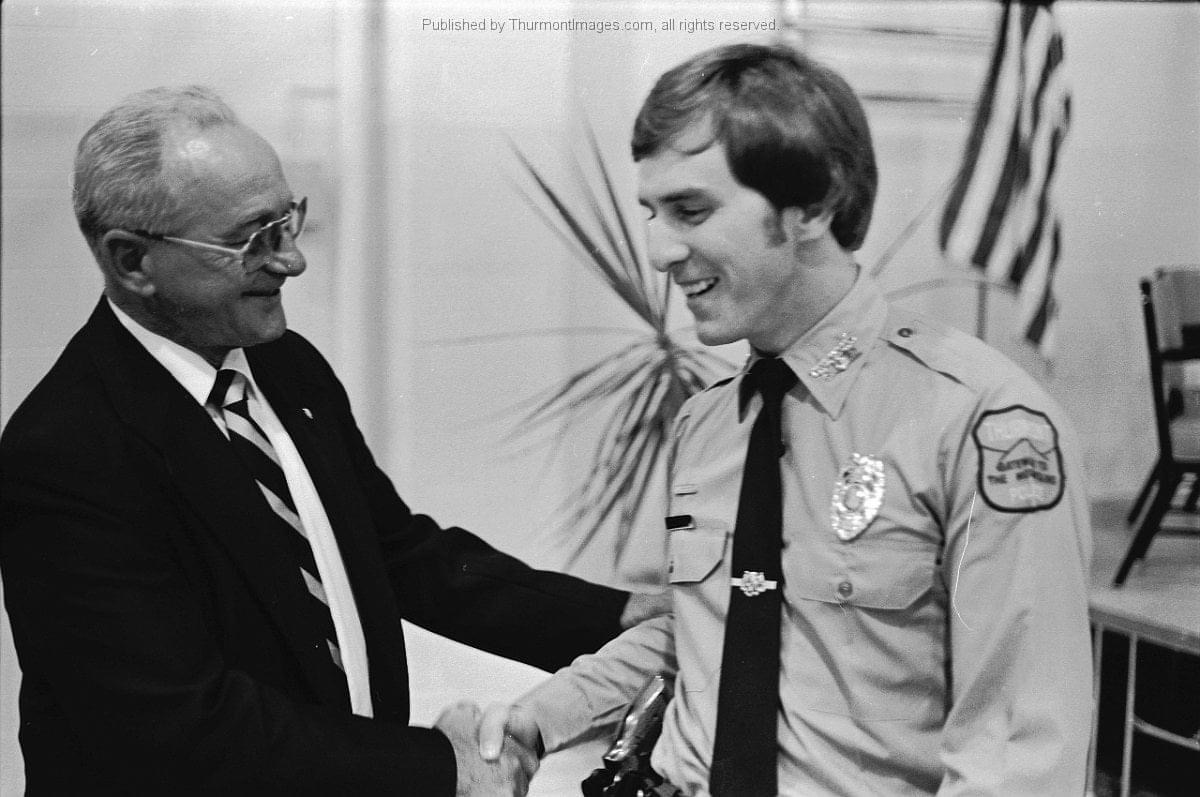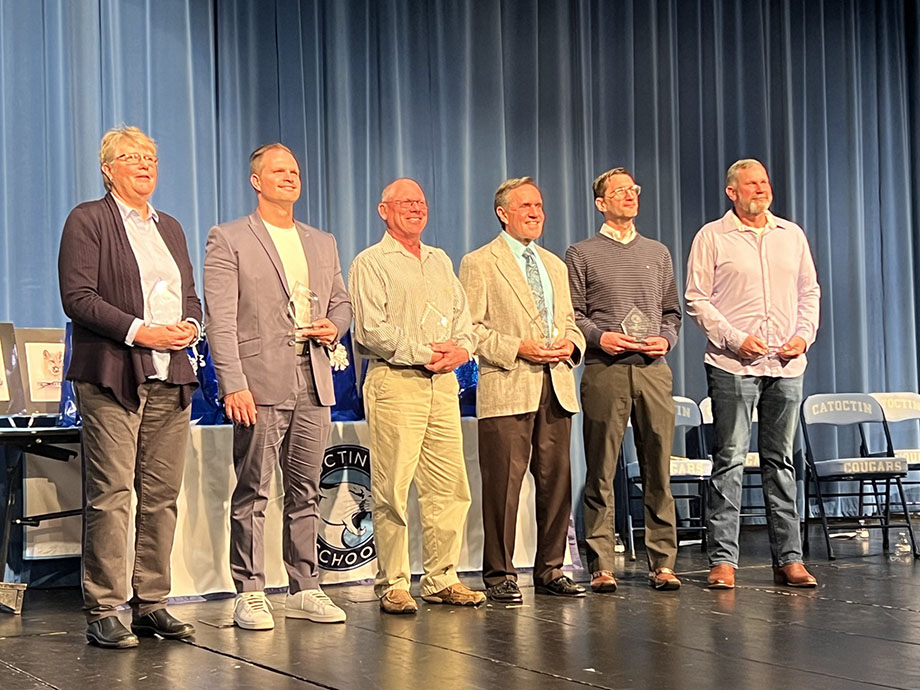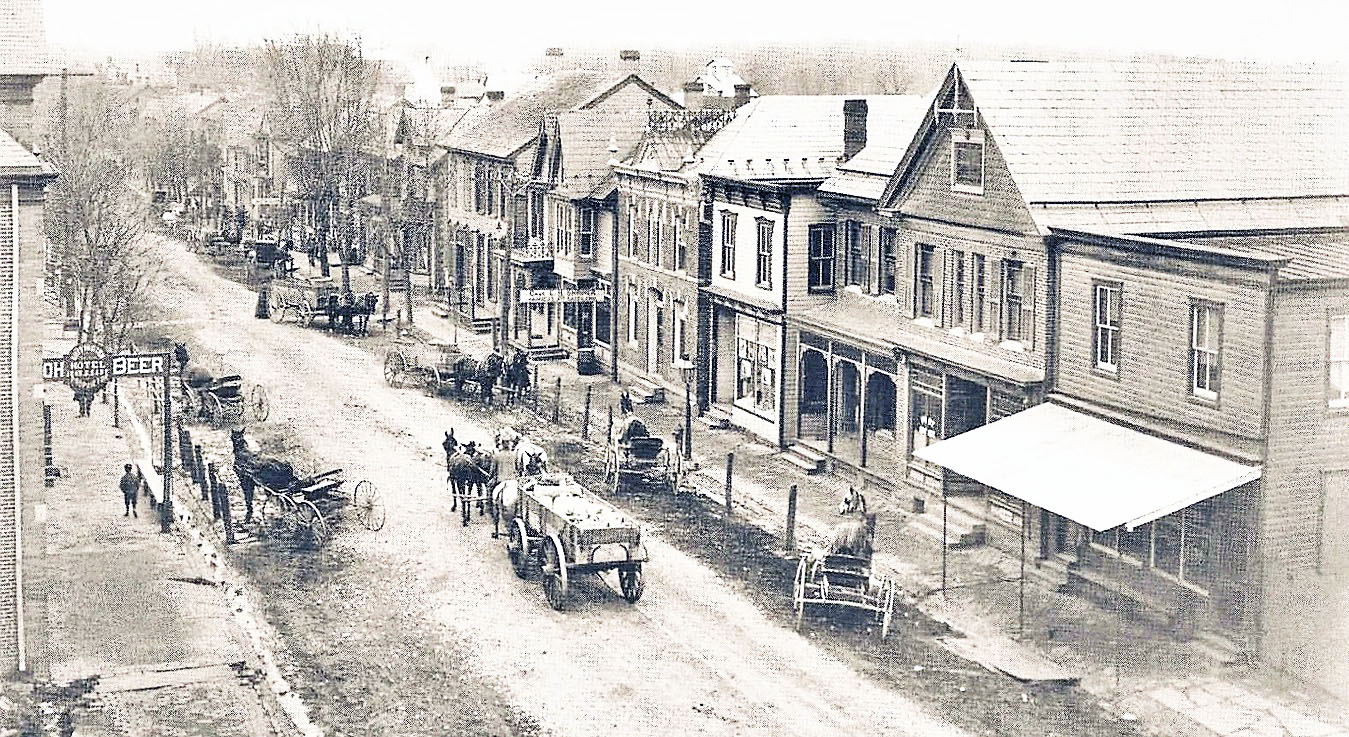Grandson of an American Saint
Richard D. L. Fulton
Saint Elizabeth Ann Seton was the first native-born American to be canonized) declared a saint by the Catholic Church), which was achieved on September 14, 1975, under the auspices of Pope Paul VI.
Seton, who resided in Emmitsburg from 1809 up until the time of her death from tuberculosis on January 4, 1821, at age 46. Her remains are presently interred within the Basilica of St. Elizabeth Ann Seton in Emmitsburg.
The story of her life is legend—documented in many written accounts and books as such that it not be elaborated further upon herein—but perhaps a great deal less has been written about her descendants. This story is about one of her descendants, grandson Robert Seton.
Elizabeth Seton was born Elizabeth Bayley on August 28, 1774, in New York City, to parents Dr. Richard Bayley and his wife, Catherine Charlton Bayley.
She married William Magee Seton, a wealthy New York shipping entrepreneur on January 25, 1794, and the couple had five children: Anna Maria, William, Richard, Catherine, and Rebecca. William Seton subsequently died from tuberculosis on December 27, 1803, in Italy.
Prior to William Seton’s death, his health had declined due to the pressures resulting from the stress of his having suffered financial ruin in New York, and the family had moved to Italy, according to the Maryland State Archives.
Elizabeth Seton’s son, William, and his wife, Emily Seton, had nine children, one of whom was Robert Seton, who was born in Livorno, Provincia di Livorno, Toscana, Italy, on August 28, 1839. Robert Seton was one of seven of William and Emily Seton’s nine children who survived into adulthood.
Seton spent his childhood at his parent’s 51-acre estate, “Cragdon,” in Westchester County, New York. The estate was acquired by Emily Seton in 1840 upon the death of her father, Nathaniel Prime. The couple soon converted the estate into a working farm, according to the New York City Department of Parks & Recreation. Today, much of the estate is preserved within Seton Falls Park. The “falls” was actually constructed by William and Emily Seton.
In 1850, Robert Seton enrolled at Mount Saint Mary’s College in Emmitsburg. According to encyclopedia.com, he studied at the Mount for two years before departing with his parents to Pau in southern France “where he continued his schooling.”
After his mother, Emily Seton, died in France in 1854, he continued his studies in Europe, and in 1857, studied theology and Canon law in Rome, graduating in 1867 with honors from the Accademia Ecclesiastical (also known as the Pontifical Ecclesiastical Academy). In 1865. Seton was ordained under the title of patrimony (ordained clerk).
In 1866 Seton was advanced to the rank of private chamberlain to Pope Pius IX, and in 1867 he was honored with the title of prothonotary apostolic. As a result, Seton became the first individual from the United States named to these two titles.
After securing his Doctor of Divinity degree from the Roman University of Sapienza, Seton returned to the United States, where he served, beginning in 1876, as the rector of Saint Joseph’s Church in Jersey City, New Jersey.
Seton returned to Rome in 1901 and was subsequently appointed Archbishop of the titular See of Heliopolis in Phoenicia by Pope Leo XIII in 1903.
In 1914, Seton returned to Emmitsburg to the former home and burial place of his grandmother (in Emmitsburg) and other family members (in the nearby cemetery at Mountain Saint Mary’s). The (Baltimore) Sun reported in their October 14, 1914, edition, “Archbishop Seton… came to (Emmitsburg) Maryland, as he said, to die and be gathered with his people.” The newspaper further noted that, upon his arrival in Emmitsburg, “(Seton) has established a headquarters at Mount Saint Mary’s College.”
However, he was not to die in Emmitsburg. Instead, less than a year later, he told The Sun (published in their August 18, 1915, issue) that he had decided to move to France “to spend the remainder of his life,” and to be buried where his parents had been buried in France. He stated that one of the main reasons for returning to France was to “try to alleviate the sufferings of the soldiers brought back from the fighting…”
Seton still did not achieve his final objective of passing away in Emmitsburg. Upon retiring in 1921 overseas, he returned to the United States and died in 1927 at the College of Saint Elizabeth, Morris Township, New Jersey, and was buried in the Holy Sepulcher Cemetery in Newark.
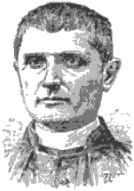
Sketch of Archbishop Robert Seton (1839-1927); Source: National Cyclopaedia of American Biography,1893.


